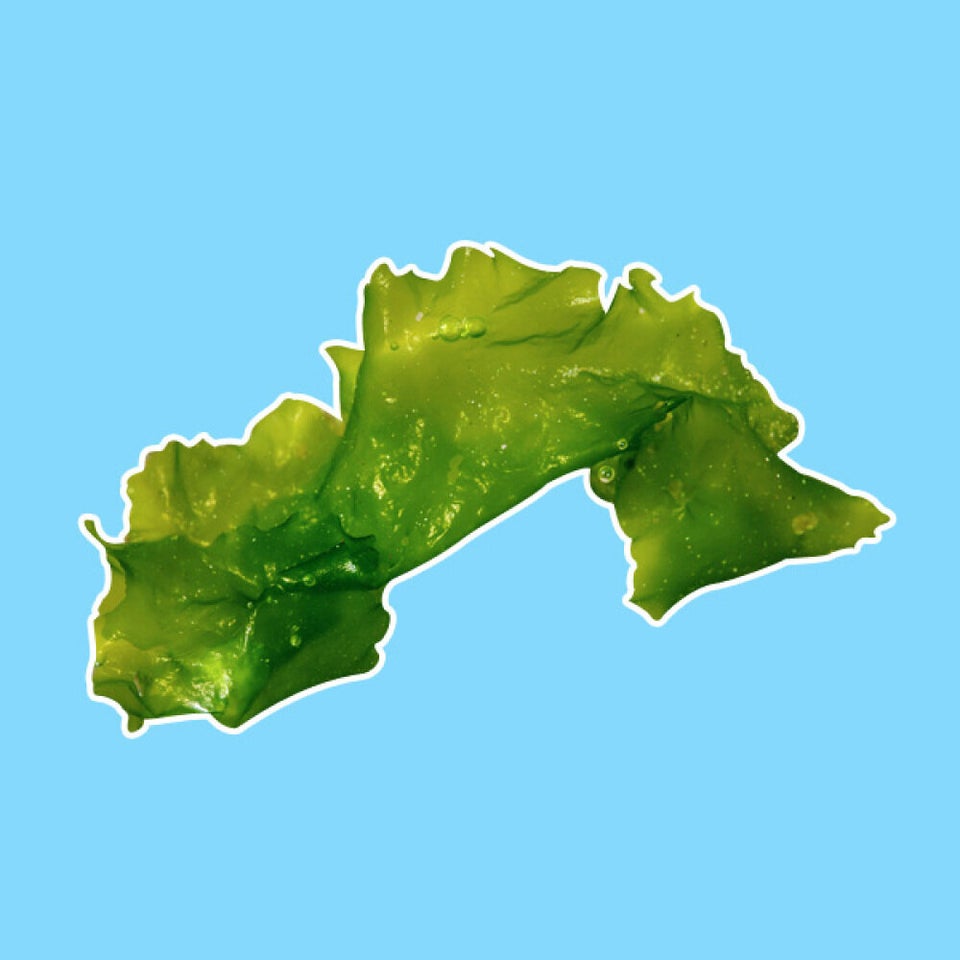If you have dimpled areas on your hips, thighs, buttocks or even your arms, you aren't alone. Today, women spend millions every year on anti-cellulite treatments ranging from fancy creams, to promising pills to surgery and laser treatments. While it is difficult to eliminate completely, you can certainly reduce the appearance of it with these four suggestions.
Boost your collagen. Collagen is an important protein used to make the connective tissue in your skin, tendons, ligaments, and blood vessels. Structural changes in the skin's tissues, including weakened collagen and elastin fibres, makes cellulite more apparent because the skin becomes thinner and less able to conceal the irregularities created by the superficial fat and connective tissue just below its surface.
These changes can occur from hormonal imbalances, aging and even dehydration. Gotu kola can also be helpful in stimulating the production of the protein molecules from which collagen is formed, and increase oxygen supplement delivered through the capillaries. It is also helpful in tightening loose skin after weight loss, decreasing the inflammatory response, and promoting tissue healing. I recommend taking 100mg 1-2x a day. A collagen boosting supplement, such as silica or a collagen powder can improve skin texture, and aid nail and hair growth (take 1-2 capsules or 1 scoop of powder daily).
Shed the last 10lbs. One of the culprits behind an increase in cellulite is weight gain. However, cellulite can be a "skinny girl's" problem as well because of location where most women store excess fat deposits -- their lower body. Many of my patients first notice it when they have had a sudden increase in weight if it wasn't there before and since fat cells can only fat cells either shrink or expand, an increase in their size will indeed intensify the appearance of cellulite.
An interesting study from the University of Pittsburgh School of Medicine found that fat tissue distribution in the thighs was significantly correlated with insulin resistance (a pre-diabetic state). A separate study found that diet and exercise together shed fat both between the muscle and under the skin of the thighs, producing a better effect than diet alone on reducing cellulite. Exercise can also strengthen flaccid, weak muscles and improve skin tone. So a healthy diet, higher in protein, good fats and lower in carbs to reduce insulin in conjunction with a regular strength training routine can go a long way towards decreasing cellulite.
Lower inflammation. I had a patient that found after applying the methods to reduce inflammation after shoulder surgery, including high dose EPA 6:1 fish oil, Wobenzyme, and Arnica -- she saw an interesting side effect ... her cellulite diminished. An increase in inflammation overall can contribute to poor circulation, reduced lymphatic drainage, and in turn make the appearance of cellulite much, much worse. The enlargement of fat cell chambers and shortening of fibrous tissue in the thighs is almost always accompanied by inflammation, water retention and swelling. In addition to an anti-inflammatory diet, a daily dose of Omega-3 oils (one tbsp twice daily) reduces inflammation and improves insulin sensitivity. It also aids fat loss, especially when combined with exercise.
Reduce excess estrogen: Estrogen balance is essential for achieving and maintaining fat loss -- it's also the main instigator of a growing cellulite problem. Premenopausal women with too much estrogen tend to have the pear-shape body type with more weight at the hips. The reason for this? It once again comes down to fat both the type and the amount.
When stimulated, alpha receptors cause fat cells to produce fat while beta receptors breakdown fat. However women have almost nine times the amount of alpha receptors for every one beta receptor in their hip and thigh region. This is also the area with the most estrogen receptors. As if this wasn't bad enough, compared to our male counterparts, estrogen makes fat whereas testosterone breaks down fat and women have a lot more estrogen and just a fraction of the percentage of testosterone that men do. In addition to cellulite, excess estrogen will also fuel gallstones, varicose veins, uterine fibroids, cervical dysplasia, endometriosis, or ovarian cysts.
